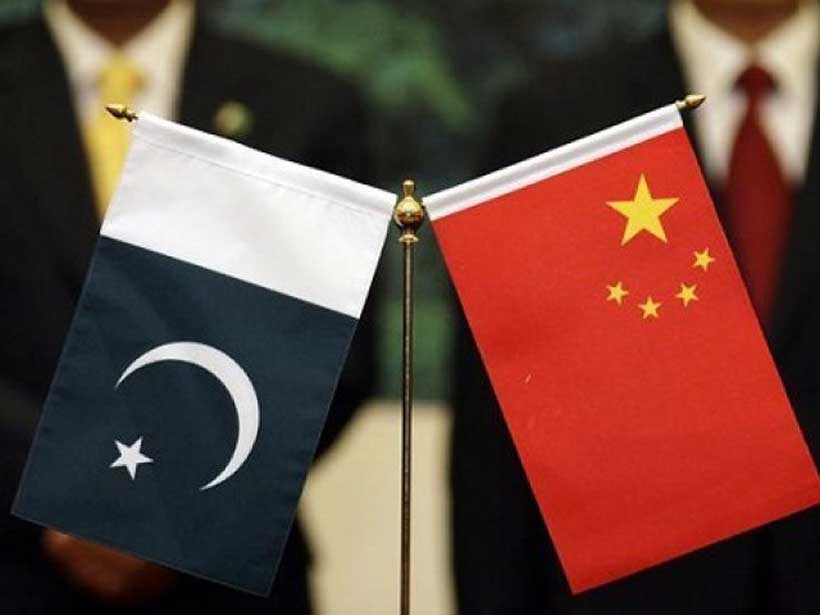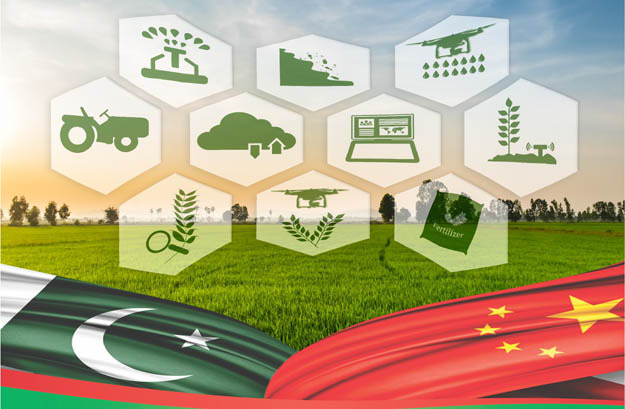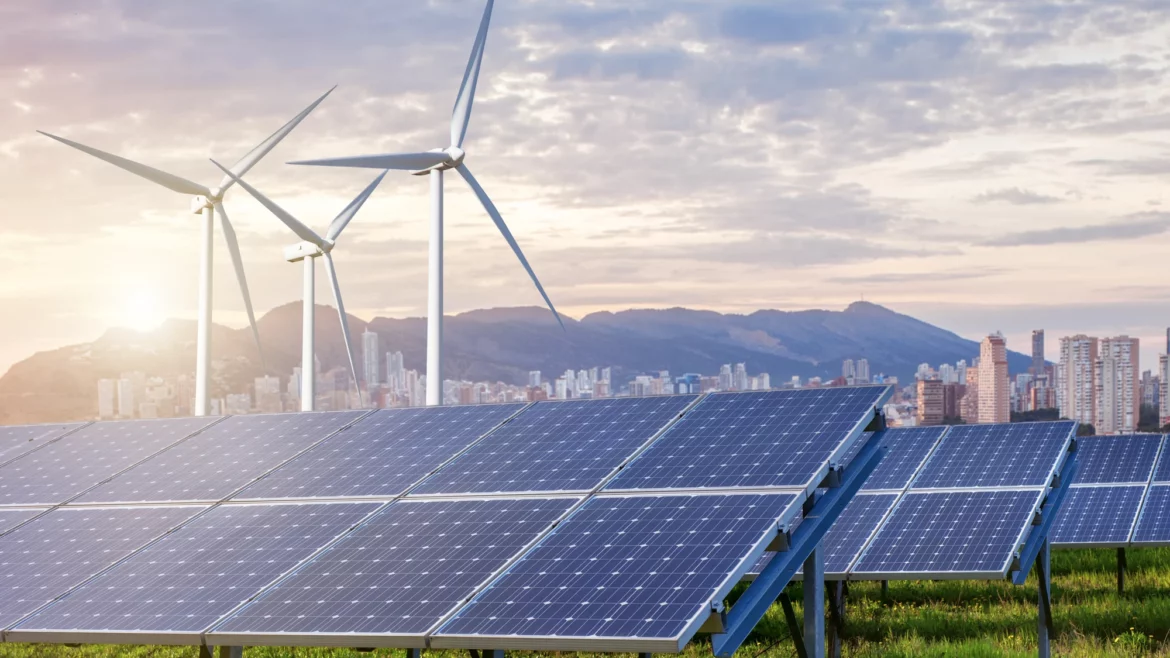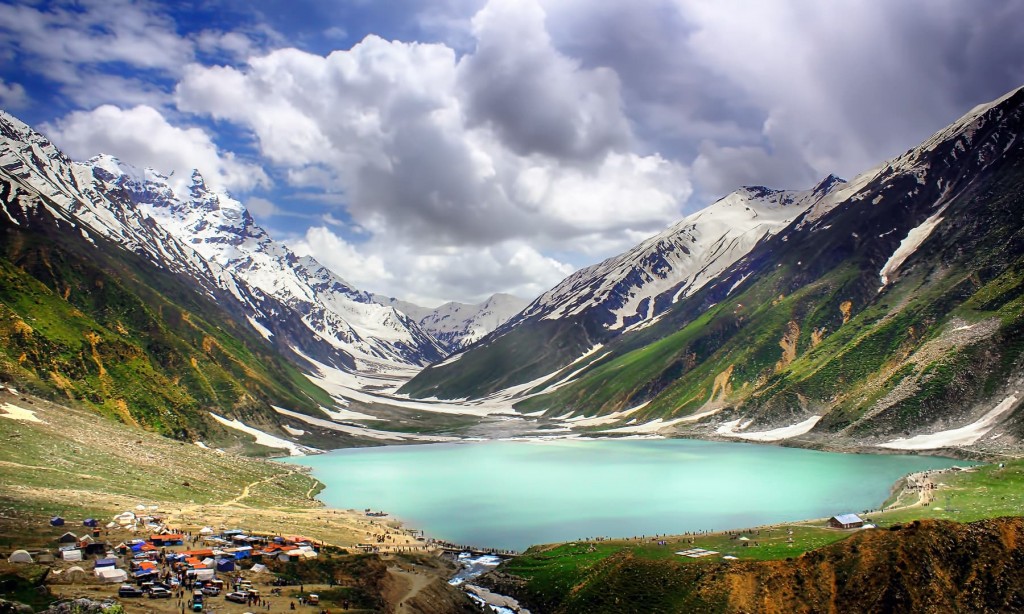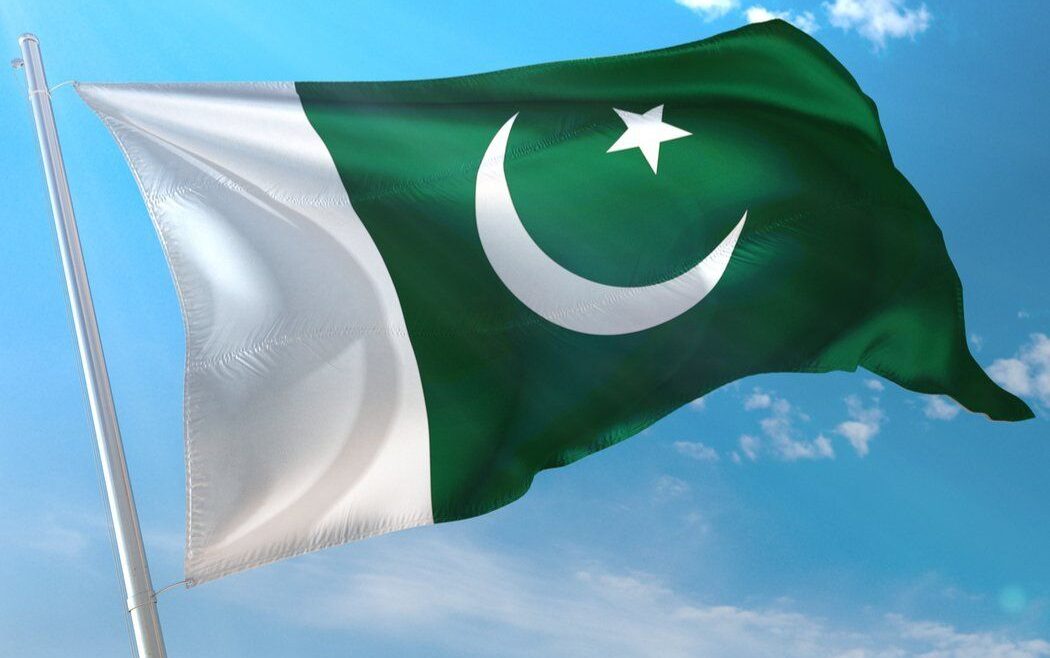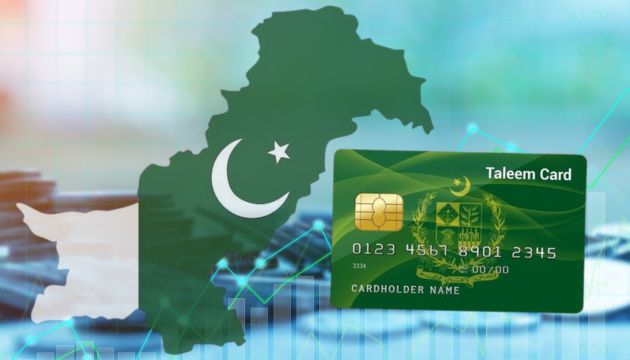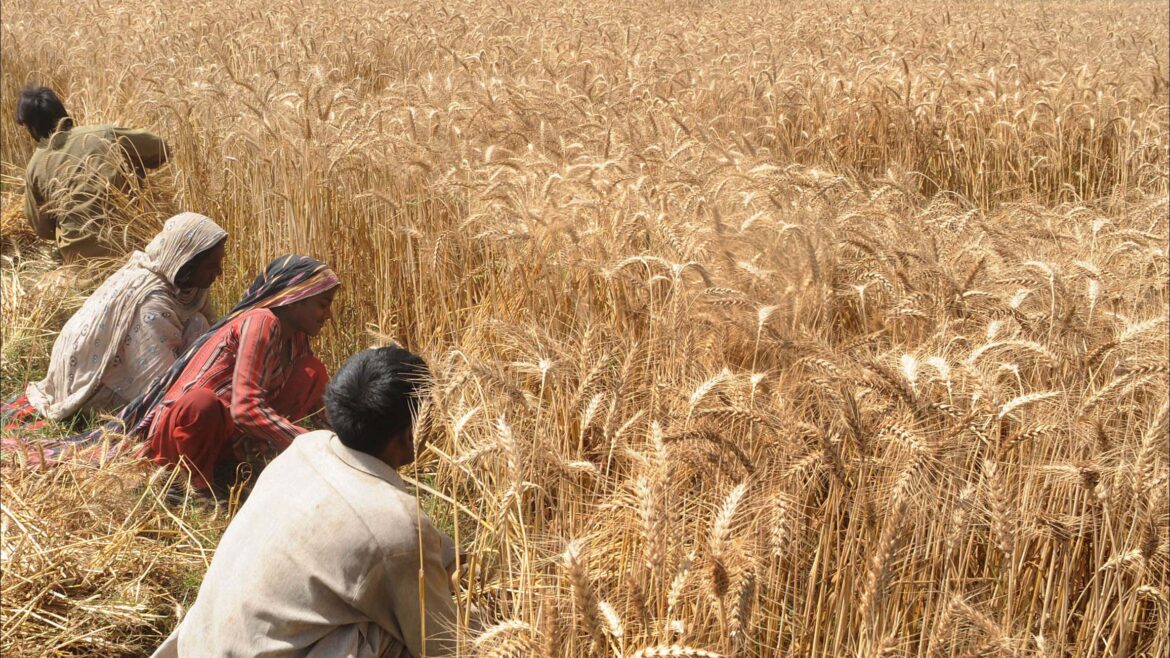In an era where sustainability is more crucial than ever, solar energy presents a promising and hopeful solution to meet energy demands while safeguarding our environment. For Dera Ismail Khan (D.I. Khan), a region fortunate with abundant sunshine, utilizing solar energy could be a game-changer in its quest for sustainable development. In this blog, we explore how D.I. Khan can influence its solar potential to drive economic growth and environmental sustainability.
The Solar Advantage: D.I. Khan’s Geographic Edge
D.I. Khan is positioned in a region with high solar radiation, making it an ideal location for solar energy projects. With an average of 300 sunny days per year, the potential for solar power generation is significant. Unlike many regions that struggle with inconsistent sunlight, D.I. Khan’s consistent solar exposure provides a reliable and renewable energy source.
The Benefits of Solar Energy for D.I. Khan
-
Environmental Impact
Solar energy is a clean, renewable resource that can drastically reduce carbon emissions. By shifting from fossil fuels to solar power, D.I. Khan can contribute to global efforts to combat climate change. This transition not only helps in reducing air pollution but also assures a healthier environment for future generations.
-
Economic Opportunities
Investing in solar energy presents numerous economic benefits for D.I. Khan:
- Job Creation: The solar industry can create a wide-reaching of jobs, from manufacturing and installation to upkeep and research. This can motivate local employment and boost the regional economy.
- Energy Independence: Solar energy can reduce D.I. Khan’s dependence on external energy sources, providing a more steady and secure energy supply.
Exploring Investment Opportunities
-
Large-Scale Solar Farms
Given D.I. Khan’s solar potential, large-scale solar farms offer a profitable investment opportunity. These farms can produce significant amounts of electricity, participating to the region’s energy needs and creating new business prospects.
-
Residential and Commercial Solar Solutions
The market for residential and commercial solar installations is also increasing. By investing in solar panels for homes and businesses, D.I. Khan can benefit from reduced energy bills and enhanced energy security. Moreover, local companies centering in solar technology can thrive as demand increases.
Success Stories and Case Studies
-
Global Examples
Countries like Germany and India have successfully integrated solar energy into their energy mix, showcasing how solar power can change national energy landscapes. Germany’s energy transition initiative and India’s solar parks serve as excellent models for D.I. Khan.
-
Local Initiatives
While D.I. Khan is just beginning to explore solar energy, early adopters and pilot projects can offer valuable insights and inspire further investment. Local success stories, though currently limited, can provide a groundwork for broader adoption.
Addressing Challenges
Despite its benefits, solar energy adoption in D.I. Khan faces challenges:
- High Initial Costs: The upfront investment required for solar panels and substructure can be a barrier. However, government incentives and decreasing technology costs are making solar energy more accessible.
- Technical Barriers: Implementing and sustaining solar technology requires technical expertise. Investing in training and education can help overcome this hurdle.
Proposed Solutions:
- Financial Support: Utilizing subsidies and grants can help reduce initial costs.
- Skill Development: Investing in local training programs can build a skilled workforce to assist solar energy projects.
Looking Ahead: Future Prospects
As D.I. Khan embarks on its voyage towards sustainable development, solar energy can play a key role by integrating solar power into its energy strategy, D.I. Khan can achieve long-term environmental and economic benefits.
-
Long-Term Vision
A thorough solar strategy can help D.I. Khan reduce its carbon footprint and enhance energy security. This vision includes scaling up solar projects, expanding incentives, and cultivating public-private partnerships.
-
Potential Partnerships
joint efforts with international solar companies, NGOs, and research institutions can bring additional Proficiency and resources to D.I. Khan’s solar initiatives. Such partnerships can accelerate progress and optimize the impact of solar energy investments.
Conclusion
Harnessing solar energy offers D.I. Khan a path to sustainable development, blending environmental caretaking with economic opportunity. As the region capitalizes on its solar potential, it can pave the way for a greener, more prosperous future. By hugging solar power, DI Khan not only addresses its current energy needs but also sets an example for sustainable growth and innovation.

